There are many garden plants with remarkable attributes and abilities that most of us are not aware of. Jesse Vernon Trail, author of Quiver Trees, Phantom Orchids, and Rock Splitters: The Remarkable Survival Strategies of Plants, has pulled together a select group of these special plants.
1. Evening Primrose, Oenothera

[Oenothera glazioviana, © Virginia Skilton]
It is fascinating to watch a plant actually open its flowers right before your eyes. Some of the best choices for this are the evening primroses. The whole process, once started, will only take a few minutes. If you get close and listen carefully, you can even hear the buds bursting into flower with a gentle pop.
2. Blackberry, Rubus fruticosus
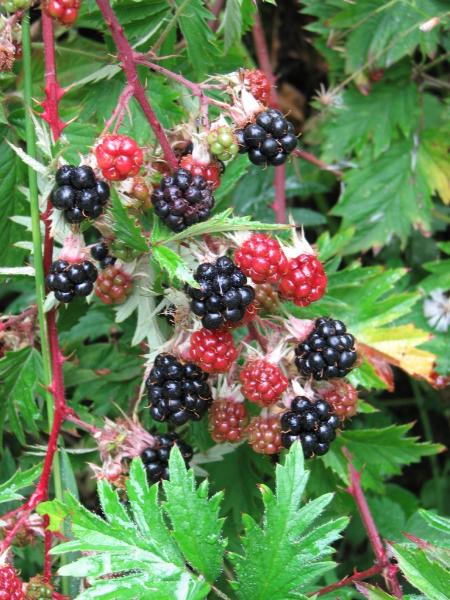
[Rubus laciniatus, cutleaf evergreen blackberry, © Jim Riley]
The blackberry is an incredibly aggressive, fast-growing vine/rambler that scrambles everywhere at the rate of about an inch and a half to two inches per day. Over the period of many days, you can observe these aggressive tendencies. The plant stems have sharp, backward-pointing spines that grasp onto other nearby plants (often overwhelming them), rocks, and virtually anything else in their paths. And when the stems come into contact with soil, small rootlets develop at the nodes, resulting in many new plants. The whole experience can be best dramatized with time-lapse photography.
3. Heron’s Bill, Erodium species
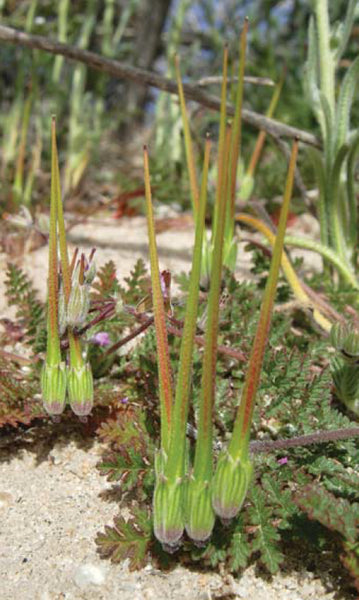
[Erodium cicutarium, seed capsule, © James M. André]
The heron’s bills are lovely garden plants that deserve to be grown more frequently. The seeds of several species are special in that they plant themselves. Place a seed on the palm of your hand and watch it twist and turn like an auger, as if it were trying to plant itself. The warmth and moisture of your palm is somewhat akin to the soil conditions required for seed germination and growth.
4. Cyclamen species
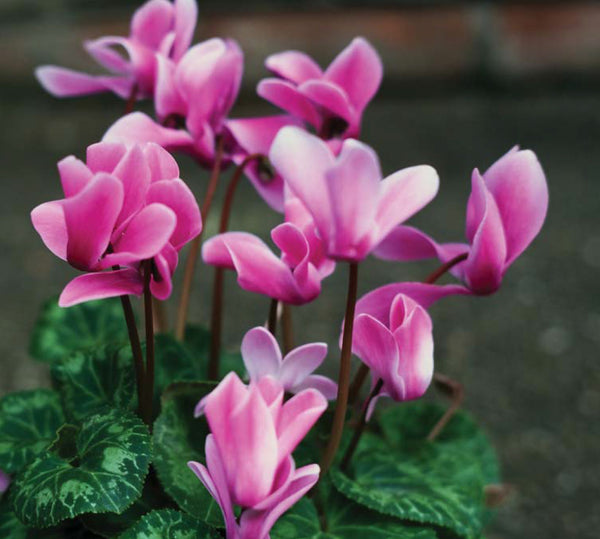
[Cyclamen, © Jesse Vernon Trail]
Here is another plant that plants its own seeds. Cyclamen has stems that coil downward, bringing the seed capsule into contact with the soil. There are hardy species and cultivars well worthy to be considered for the garden.
5. Alpine Snowbell, Soldanella alpina
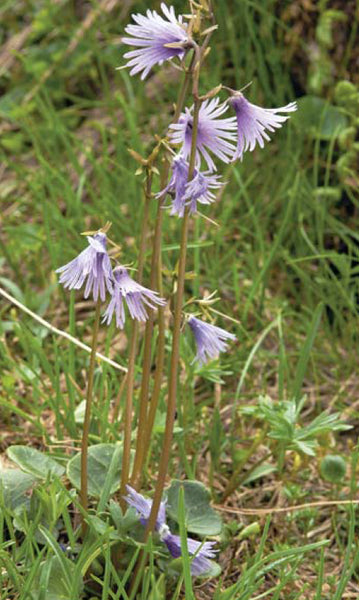
[Soldanella alpina, Alpine snowbell, © Dr. Amadej Trnkoczy]
Is it possible for a plant to create its own heat? Well, the alpine snowbell is often found flowering through the snow in very early spring. This is a delightful plant with cut-edged, slightly nodding, bell-shaped flowers.
6. Ageratum or Floss Flower, Ageratum houstonianum

[Ageratum houstonianum, floss flower, © Nickolay Kurzenko]
This pretty annual manufactures a hormone that speeds up an insect’s growth from larvae to adult. In the process, the insect is rendered dwarfed and sterile. Insects can’t do much damage in that condition!
7. Prayer Plant, Maranta leuconeura

[Maranta leuconeura, prayer plant, © Jesse Vernon Trail]
Do plants sleep at night? Well, the prayer plant certainly appears to. This incredible plant folds its typically horizontal leaves into an upright position at night or in the dark, and re-opens them at dawn — as if in prayer! The prayer plant is a distinctive indoor houseplant in all but the warmest regions. Its leaves often have colourful markings.
8. Orchid, Orchidaceae family
![[Orchid species, <em>© </em>Jesse Vernon Trail]](http://cdn.shopify.com/s/files/1/0719/2207/files/08-OrchidSpecies_grande.jpg?6689772395470838237)
[Orchid species, © Jesse Vernon Trail]
The dust-like seeds of many orchid species are the smallest seeds known to humankind. According to a report from the late 1940s, the count of seeds in a single capsule of the tropical American swan orchid, Cycnoches chlorochilon, was 3,770,000 microscopic seeds. Even the seed capsules of the common florist’s orchid, the Cymbidium species, can contain up to 1.5 million seeds.
9. Bamboo — members of the grass family, Gramineae
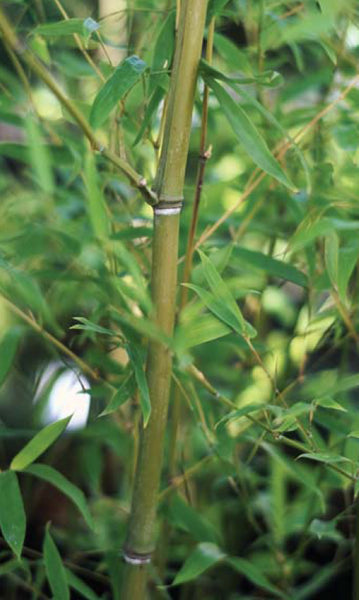
Bamboo are some of the fastest growing plants in the world. Certain timber species can reach over three feet a day — that's nearly one and a half inches per hour. Of course, your garden bamboos will not grow this exceptionally fast, but they, too, can grow quickly. Although it may cost you more, purchasing larger plants will give you a jump start on establishing your exotic bamboo garden. This is because in the first years of growth, newly planted bamboos put most of their energy into establishing underground rhizomes, or culms. Choose clump-forming species, as they are better behaved than the running kind, which can become invasive.
10. Gas Plant, Dictamnus albus
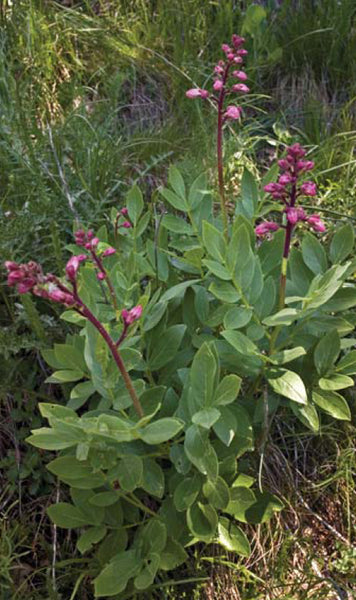
[Dictamnus albus, burning bush, © Dr. Amadej Trnkoczy]
The whole plant is covered with oil glands. So much oil is produced that on hot, windless summer days, the excess oil turns to vapour, which can be ignited by a lit match. The plant is briefly engulfed in flames, yet, amazingly, with no damage to the plant itself. The gas plant is a beautiful plant for the garden that deserves to be grown more often. It does take a few years to become established, and it also resents disturbance, but your patience will be well rewarded.
* * *
 We've only discussed a small sampling of the many remarkable plants that exist. For extensive coverage of these plants around the world, consider checking out Quiver Trees, Phantom Orchids and Rock Splitters: The Remarkable Survival Strategies of Plants by Jesse Vernon Trail.
We've only discussed a small sampling of the many remarkable plants that exist. For extensive coverage of these plants around the world, consider checking out Quiver Trees, Phantom Orchids and Rock Splitters: The Remarkable Survival Strategies of Plants by Jesse Vernon Trail.
Article written by Jesse Vernon Trail